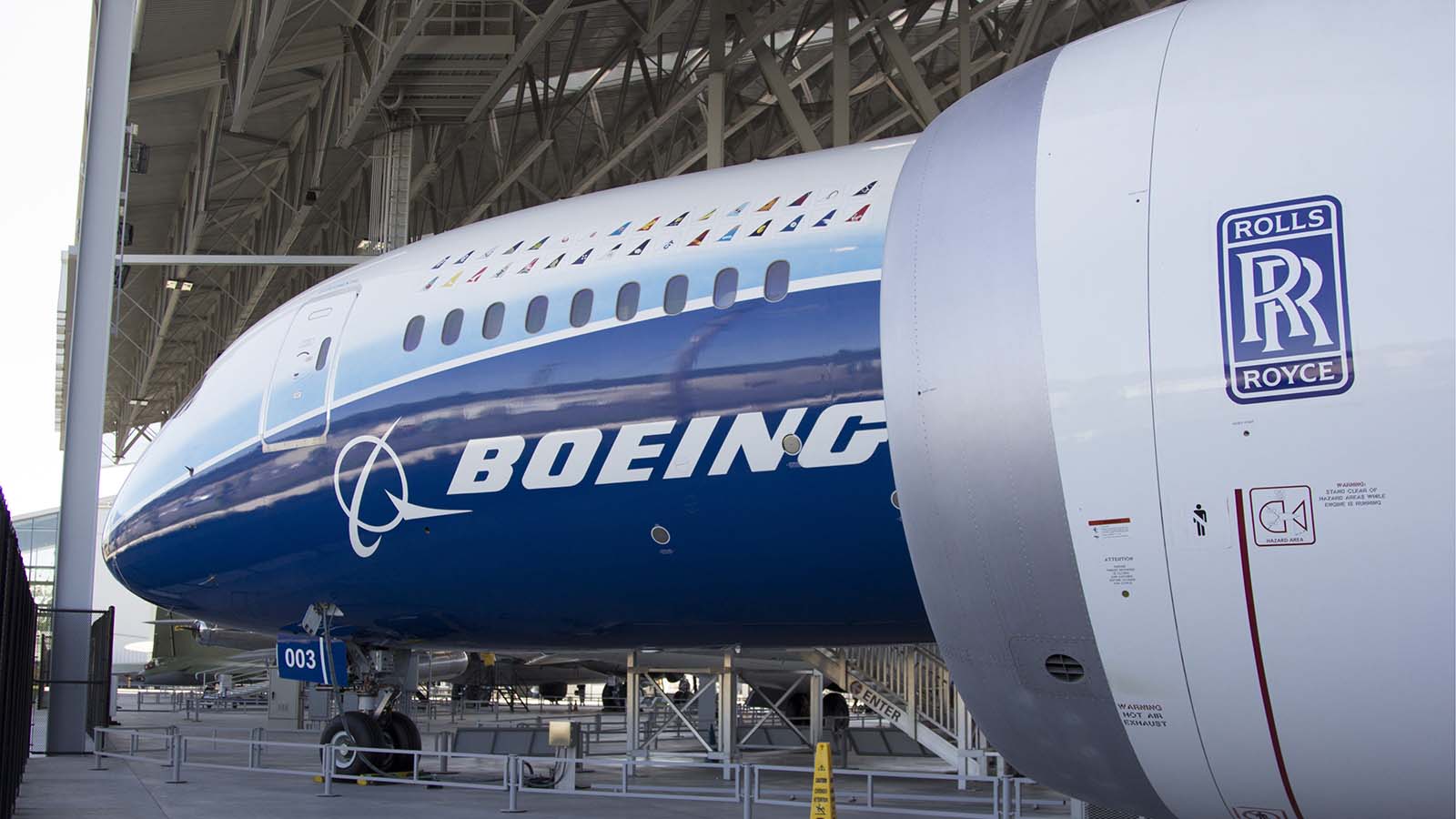Boeing (NYSE:BA) received good news on Nov. 18 from the Federal Aviation Administration (FAA). And this update has provided a recent jump in Boeing stock.

Subject to final approval the FAA published an Airworthiness Directive that paves the way for the 737 Max jetliner to return to commercial service. That will be a great boon for Boeing, although it may take some time for BA stock to turn completely around.
Sure, Boeing still has to update its manuals and get final clearance. However, it looks like it can now stand behind this jetliner. In fact, American Airlines (NASDAQ:AAL) will likely be the first airline to start using the 737 MAX as of Dec. 29. They will give air travelers a choice if they want to or not.
More importantly, Boeing has more than 400 MAX planes that it has not been able to deliver. In turn, its recent announcement could lead to the completion of those deliveries and receiving final payments.
Additionally, Boeing stock received a boost on Monday, Nov. 9 with news of a new sale. Los Angeles-based Air Lease Corp (NYSE:AL) announced it had leased new 13 737 MAX 9 jets with Alaska Airlines (NYSE:ALK).
Moreover, once the FAA gives its final approval Boeing can expect that regulators in Europe, Canada and elsewhere will allow sales and deliveries. However, approval from China may take some time. This is important since in 2018, for example, China accounted for $13.8 billion of its $101 billion in revenue.
Financial Effects of a Turnaround on Boeing
As of Sept. 30, Boeing has lost $5.77 billion in what it calls “core earnings” on a non-GAAP basis, during 2020 as well as negative $14.4 billion in operating cash flow. This is on top of losing $3.39 billion during all of last year and a loss of $2.45 billion in cash flow.
Therefore, over the past two years so far it has bled $9.2 billion in core earnings and $16.9 billion negative cash flow. This was going to be unsustainable for BA stock in the long run if it continued.
For example, at the end of the quarter, Boeing had $27.1 billion in cash and securities with which it can fund more cash outflows. In addition, it has racked up $61 billion in debt.
Moreover, sales so far this year have been just $42.8 billion. It is on track to reach maybe $59 billion in revenue this year, and analysts forecast $77 billion next year. So far this year, it has delivered just 98 airplanes.
Back in 2018, Boeing sold 806 airplanes and made more than $101 billion in revenue. Moreover, instead of $15 billion in negative free cash flow this year so far, Boeing generated $13.6 billion in positive free cash flow in 2018.
What To Do With Boeing Stock
Overall, the point is that once demand comes back over several years, Boeing is likely to make positive free cash flow. That will allow it to pay down debt, and possibly eventually restore its dividend.
Once the market can see this light, it will likely quickly readjust Boeing stock and its valuation. And this revaluation may already be starting.
For example, in the past month Boeing stock has risen over 31% alone, as of Nov. 25. Nevertheless, in the past year, it has fallen more than 49%; So there is still plenty of room for the stock to move higher. In turn, a 49% drop implies a massive increase in Boeing stock if it were to rise to its former price a year ago.
Thus, let’s assume that it takes two years for that to happen. For investors in the stock right now that implies a compound annual return of about 34% each year. And I highly suspect that once its cash flow permits the company will likely reinstate the dividend. That could potentially add in another 1.4% each year on average.
Therefore, investors could make an average return of 35% over the next two years. This is based on a potential turnaround in Boeing’s business. And it is a very reasonable ROI for most value investors.
On the date of publication, Mark R. Hake had a long position in American Airlines.
Mark Hake runs the Total Yield Value Guide which you can review here.
